The Mitsubishi ASX is Australia's best-selling small SUV.
Think about that for a moment. Mitsubishi's smallest SUV is getting on for eight years old now, with only a handful of minor updates and style tweaks to keep it fresh along the way, and it's based on a car (the Lancer) so old that Moses might have sat his P-plate test in one.
And yet it's out-performing a host of newer, smarter options with absolute ease. So we spent a week behind the wheel of the top-spec ASX XLS diesel to figure out why.
Mitsubishi ASX 2018: LS (2WD)
| Engine Type | Inline 4, 2.0L |
|---|---|
| Fuel Type | Unleaded Petrol |
| Fuel Efficiency | 7.7L/100km (combined) |
| Seating | 5 |
| Price From | $14,740 - $19,360 |
| Safety Rating |
|
Is there anything interesting about its design?
6 / 10
Well, it looks big. And I suspect that’s the key selling point here. While most in the small SUV segment shoot for a compact and stylish exterior design, the ASX looks big, bulky and a touch old-school, especially parked next to a Mazda CX-3 or Hyundai Kona.
Viewed front on, Mitsubishi's 'Dynamic Shield' front end looks big and bold, while side-on, the high belt line and bulging wheel arches lend it a tough and rugged look.

Inside, you’ll find a simple and clean layout dominated by a touchscreen in the centre of the dash. Splashes of silver and gloss black lift the general ambience, but some of the materials used feel old-fashioned, especially the rippled rubber-plastic that lines the dash. The switchgear in the cabin - especially the heated seats switch - feel pulled from another era, too.
How practical is the space inside?
8 / 10
Ah, now this could be the secret to the ASX’s success. At 4365mm long, 1810mm wide and 1640mm high, the ASX towers above its nearest competitor on the sales chart, Mazda’s CX-3, in every significant measurement (the Mazda is 4275mm long, 1765mm wide and 1550mm high), and that means there’s a lot more space in the Mitsubishi for people and cargo.
It feels big in the cabin, with two cupholders separating the front seats. A storage shelf sits beneath the air-con switches, and there are two USB points and a power source in the dash, along with a second power source in a very deep storage bin the divides the driver and passenger.

In the back, there’s plenty of room for passengers (another perk of its size), but there’s no USB points or power sources, and no air vents, but there’s a pull-down divider home to two cupholders and there’s two ISOFIX attachment points, one in each window seat in the back.
Seats up, expect 393 litres of luggage space, but that number grows to 1143 litres with the second row folded flat.
Does it represent good value for the price? What features does it come with?
7 / 10
Technically, the ASX range kicks off from about $25,000 plus on-roads, but sharp dealer pricing and drive-away specials means its rarely sold for that much.
Our car, on the other hand, is at the other end of the pricing spectrum, with the diesel XLS 4WD commanding a $37,500 price tag, which is a whole lot of dough whichever way you shake it.
Still, you'll want for little in the top-spec ASX, with 18-inch alloys, LED DRLs, roof rails and a chrome exhaust tip outside, along with leather (and heated in the front) seats, a leather-wrapped wheel and gear shift, climate control, cruise control and push-button start.
Tech is handled by an Apple CarPlay/Android Auto-equipped 7.0-inch touchscreen that pairs with a six-speaker stereo.
What are the key stats for the engine and transmission?
7 / 10
Our ASX XLS was equipped with a 2.2-litre, four-cylinder diesel engine good for 110kW at 3500rpm and 360Nm at 1500rpm. It pairs with a six-speed automatic transmission and sends its power to all four wheels.
How much fuel does it consume?
8 / 10
Mitsubishi claims a fairly frugal 6.0 litres per hundred kilometres on the combined cycle, with emissions pegged at 160g/km of CO2.

The ASX is fitted with a big-for-the-segment 60-litre tank.
What's it like to drive?
6 / 10
At the risk of sounding overly harsh, the ASX excels at mediocrity. But I really don’t mean that in a bad way.
It’s more that, should you never ask too much of it, the ASX is more than happy to navigate everything from suburban streets to freeways, the torque from the diesel engine keeping the Mitsubishi powering along smoothly and happily. It’s not the fastest nor most dynamic vehicle in its segment, but it does everything you would normally ask of it without fuss or bother.

But it’s when you delve deeper into its dynamic prowess that the holes start to appear, and the biggest by far is refinement, or lack thereof.
That diesel engine feels harsh under heavy acceleration, but more worryingly, the steering wheel can tug hard to the right when you plant your foot. That’s not too bad if you’re expecting it, but I suspect it could prove dangerous if it was to catch you off guard.
That said, there’s ample power on offer to shift the ASX away from the lights, and it’s a nice and easy drive in the city and further afield if you're gentle with it. Some might suggest the ride is a touch too firm, but I for one prefer to feel connected to the road rather than distanced from it.

And so the big drawback here is simply age, with the drivetrain feeling out-of-pace with modern rivals. A fact that appears to be hurting sales exactly not at all.
Warranty & Safety Rating
What safety equipment is fitted? What safety rating?
7 / 10
Expect seven airbags (dual front, front-side, curtain and driver’s knee bag), along with the usual suite of traction and braking aids.
A reversing camera, parking sensors and hill-start assist join the standard features list, too, along with forward collision warning and lane departure warning. The ASX scored the maximum five-star ANCAP safety rating when tested in back in 2014.
What does it cost to own? What warranty is offered?
8 / 10
Kudos to Mitsubishi for upping its warranty to five years (unlike Toyota, Mazda and others), meaning the ASX is covered for five years/100,000km. There’s also four years of roadside assistance, and capped-price servicing for three years - the latter limiting maintenance costs to $1130 for the first three services over 36 months.
Verdict
It might be an ageing product, but if you're willing to treat the ASX gently then its practicality perks and five-year warranty could still make it smart buying. The top-of-the-range cars are expensive, though, so if it's simple load lugging you're after, consider shopping at the cheaper end of the ASX family.
Do you agree that age had not wearied the ASX's appeal? Tell us what you think in the comments below.
Pricing Guides

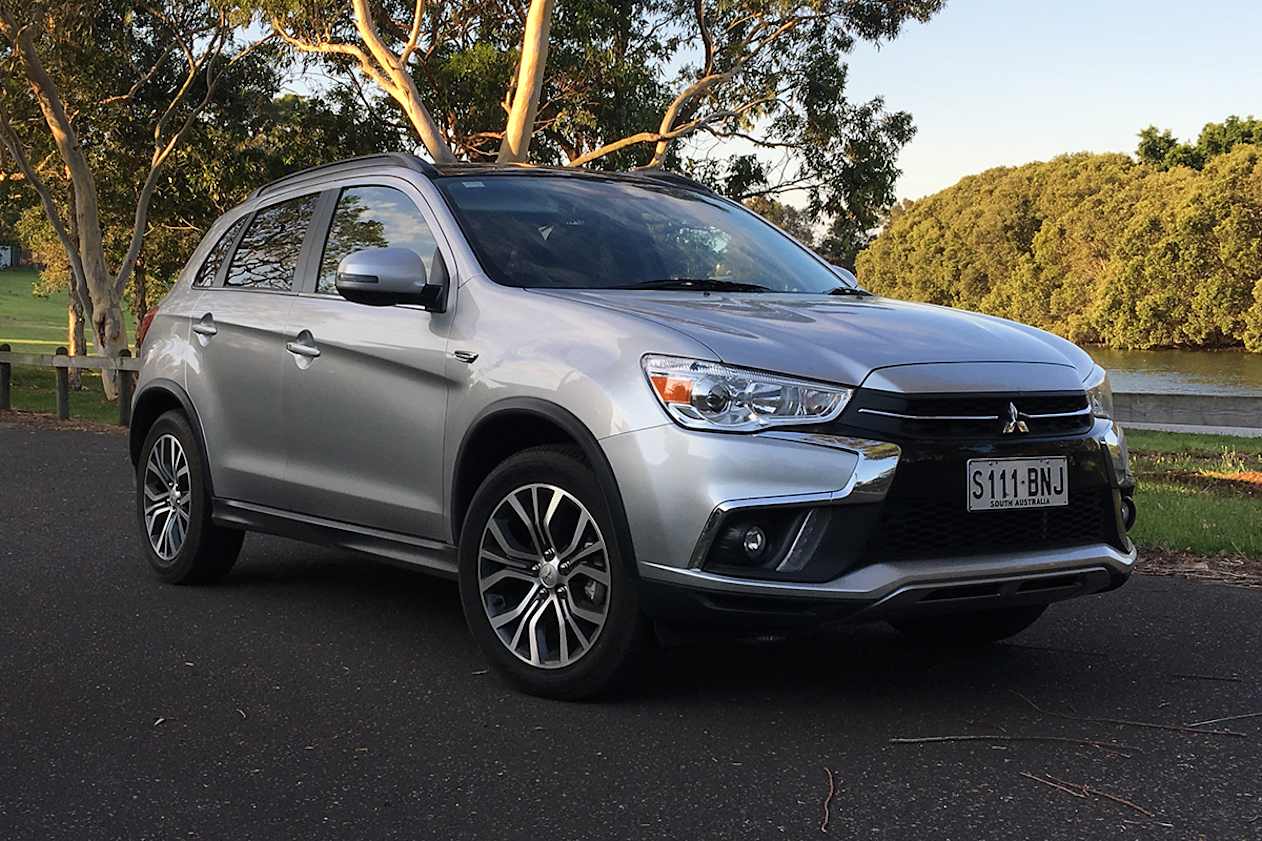
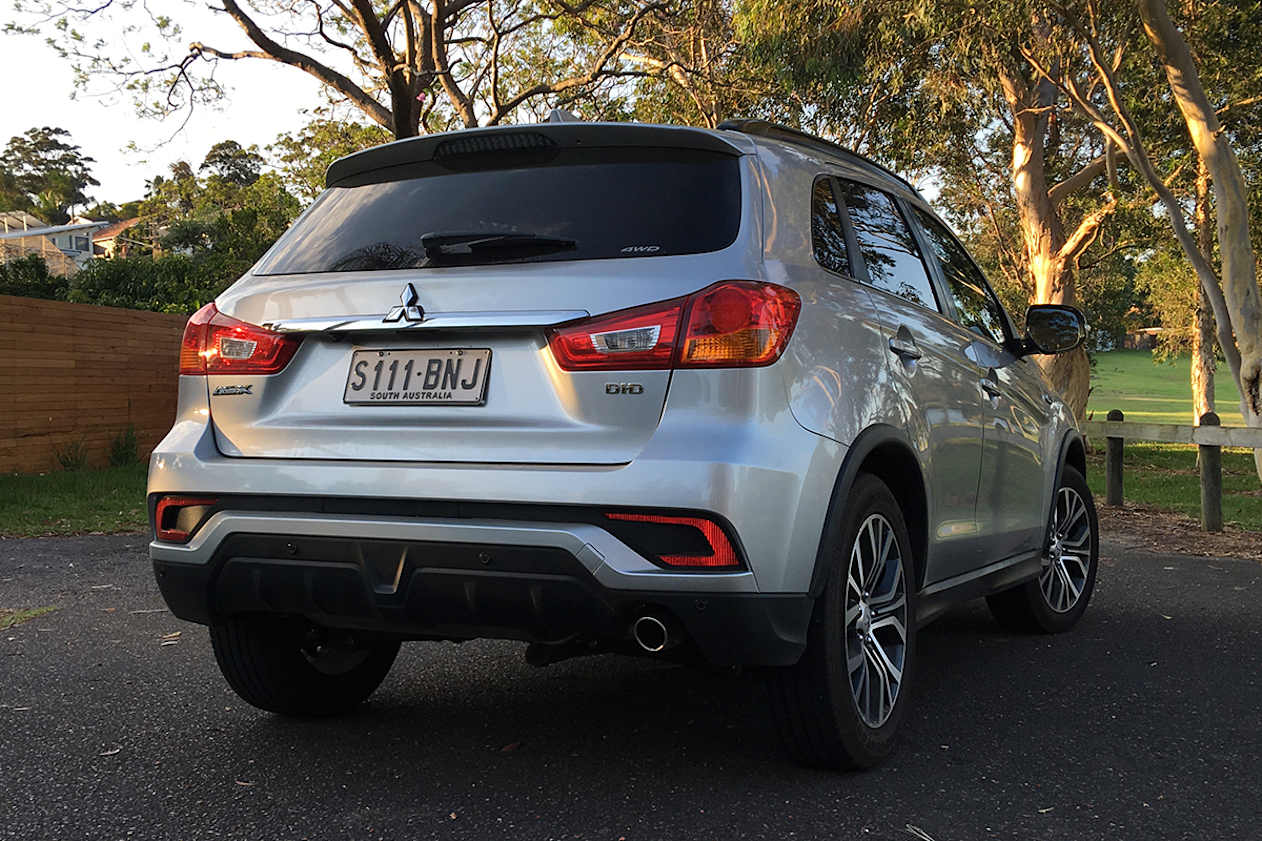







.jpg)


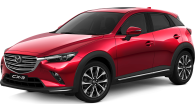






.png)





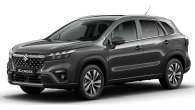

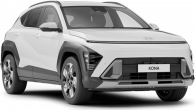

.jpg)
.jpg)


.jpg)
